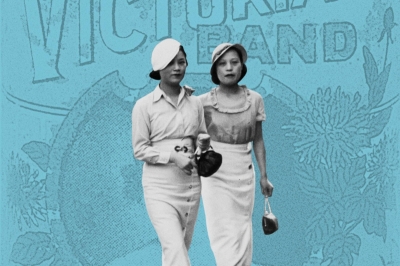The vampire novel seems to have taken over the imaginations of young adults. Inspired by the success of "Buffy the Vampire Slayer" and its spinoff series "Angel," and, in turn, inspiring shows like "True Blood," Stephenie Meyer's "Twilight" series is a big seller across the globe.
Werewolves, however prevalent in world myth and folklore, have yet to capture the attention and imagination of the publishing and film business in quite the same way. Like Robert Louis Stevenson's "Dr. Jekyll and Mr. Hyde," Natsuhiko Kyogoku's "Loups-Garous" ("werewolves") uses lycanthropy as a subtext — the fear of shape-shifting werewolves as an implicit, almost instinctual terror, rather than a marauding pack of hairy humans, drool swinging from prosthetic maws bounding through our nightmares.
The werewolf in this novel is no stalker of the Little Red Riding Hoods who are the books' heroes; it is more a vestigial throwback to our fear of night and a virtual leap forward to the post-human.


















With your current subscription plan you can comment on stories. However, before writing your first comment, please create a display name in the Profile section of your subscriber account page.